The term ‘flat spot’ refers to a badly worn section of a tyre tread. While this might not be physically visible at first, it could cause the driver to feel bumps, thumps, or vibrations while moving.
If you suspect flat spots, here are a few common symptoms to look out for:
There are a few different ways to get a flat spot on tyres:
You will usually know pretty quickly if your flat spot is temporary or more permanent.
Yes, and the good news is these types of flat spot can often ‘repair’ with a short amount of driving.
Tyre flat spots caused by sitting usually happen when the vehicle has been parked up and then left. For example, if you leave it in an airport car park while you’re on holiday, or a caravan has been left on your drive for an extended period.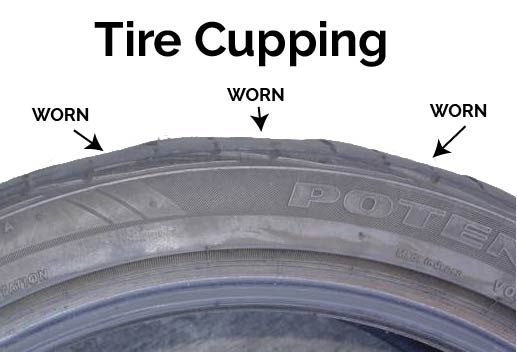
The tyres cool down from the drive and can harden into a flattened shape. After long-term car storage, tyre flat spots are not unusual, but can be noticeable when you drive away.
If you feel some vibration or juddering, it could be because the flattened shape of the tyre means it is not a smooth circle. However, this should naturally recover as the tyre warms up and regains more of its natural flexibility.
To prevent car storage tyre flat spots, consider increasing your tyre pressure by 3 psi before you leave your vehicle.
The extra pressure – always stay within the tyre’s safe maximum – should help it to hold its shape. So, when you come back to your vehicle to drive away, there’s less risk of it feeling flattened.
Remember, of course, that a puncture may be responsible for a flat tyre. And if you have a slow puncture, this is more likely to become obvious during longer storage.
Our emergency mobile tyre fitting service can help in such circumstances. We usually replace tyres at home or sometimes at the workplace, but if your car is in a safe place for us to work, we should be able to put healthy new tyres on it for you.
We usually replace tyres at home or sometimes at the workplace, but if your car is in a safe place for us to work, we should be able to put healthy new tyres on it for you.
You can get permanent flat spots on tyres from skids and heavy braking, which is why you should always try to avoid locking up your wheels or turning the steering while the vehicle is not in motion.
A minor flat spot can worsen over time, as it will naturally be the spot on the tyre where future skids are more likely to happen.
Remember, your tread should be deep enough across all your tyre’s circumference – if it’s below the legal minimum on a flat spot, the tyre needs to be replaced immediately.
Flat spots on tyres from skids may be visible as scuffed areas on the rubber of the tyre where it has been worn away. Unfortunately, they are only likely to get worse the longer you drive on them, and you should speak to our team about getting them replaced.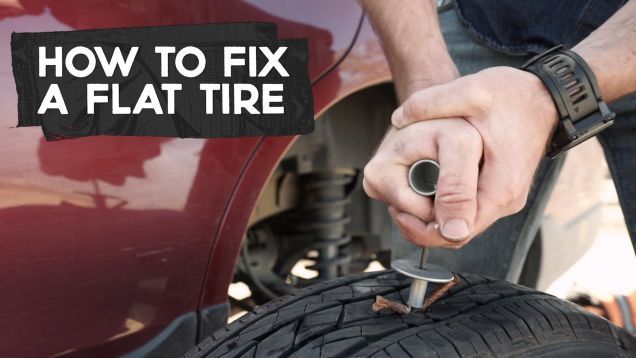
Tyre rotation and replacement
A good way to ensure your tyre tread wears down equally on all four wheels is tyre rotation. We can come out and swap your tyres over between your front and back wheels.
This helps to make sure the tyres on the axle wear down equally with the others, and that your best tyres are on the rear axle for better handling and safety.
You’ll usually find it’s easier to steer with your best tyres at the back, and it’s also usually easier to recover from an incident like a blowout if it happens to a front tyre.
Again though, tyre rotation only switches around the tyres already on your vehicle – so if you’ve got a permanent flat spot on a tyre, please contact us.
If you suffer a flat spot on your tyre and it’s not improving after driving on it, you should think about replacing the tyre at the first opportunity.
Are you noticing an unusual vibration in your usually smooth ride? If your ride feels “jittery,” especially after not driving for a few weeks, you may have flat spots on one or more of your tires.
There are a few common causes of flat-spotted tires and some symptoms to look out for if you think your tires could be at risk. Learn what tire flat-spotting is, what causes it, and what to do if you have a flat spot on your tire.
Flat-spotting occurs when a flat and rigid patch develops where the rubber of your tire meets the ground below it. This surface is known as your tire’s contact patch.
When parked for extended periods of time, your car’s weight and pressure bear down on the same contact patch continuously (as opposed to the contact patch changing every time you re-park your vehicle), which is why flat spots are common after long-term parking.
Typically, tire flat-spotting compromises the integrity of the tire, making an entire area worn in and uneven. When this happens, it may cause some noticeable symptoms.
Here’s a quick checklist that may help alert you to flat-spotted tires.
Sometimes you can see the flat area on one or more tires, especially if the car has been sitting idle for extended periods. Unlike a deflated tire that's been punctured, the flat spot in a flat-spotted tire remains in the same place as the tire rotates.
Tire flat spots won’t always be readily visible, in which case the tire treads should be examined side-by-side and compared to each other to identify unusual wear patterns. However, unmounting tires, comparing them side-by-side, and having the expert observation skills to locate unusual wear patterns is not an easy job! In fact, if you’ve left your car parked for a long time, it’s a good idea to get a professional to look at your tires during a free courtesy check at your local Firestone Complete Auto Care.
A red flag indicative of tire spotting is feeling a vibration when driving, according to Cars.com. Depending on your speed, you may feel the tires “shimmy” fast or slow as you drive. However, a vibrating sensation in your car can be a symptom of a variety of issues. Get a professional opinion to be sure.
However, a vibrating sensation in your car can be a symptom of a variety of issues. Get a professional opinion to be sure.
You may also notice a bumping noise when driving on a tire with a flat spot. As the flat spot hits the road, it may create a rhythmic thumping sound. Like vibrating, thumping can be attributed to different car issues, so it’s best to get expert help before deciding what’s wrong with your car.
Flat spotting is a form of uneven wear that may cause your tires to become imbalanced and therefore throw your steering capabilities for a loop, too! When driving on flat-spotted tires, you may notice it becomes harder to maneuver your steering wheel under specific conditions like when the tires are “cold” upon first starting the car or when driving at higher speeds.
There are a few causes of tire flat-spotting, but the most common reason a tire gets flat spots is long-term parking.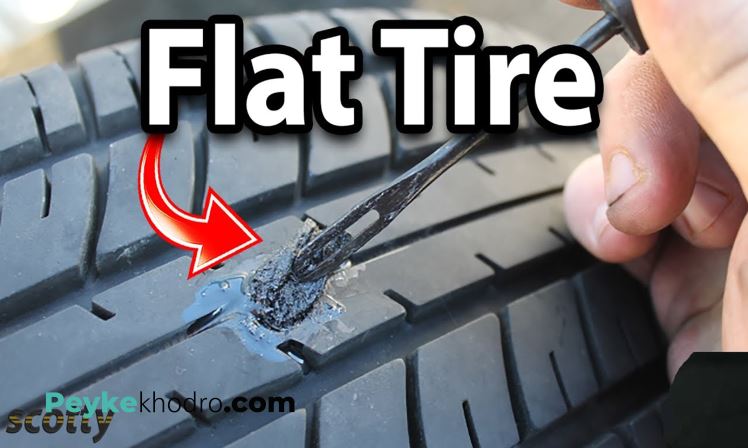 If you’re wondering how long before tires get flat spots, the answer may surprise you. According to Edmunds, leaving a car parked for as little as one month may be enough time to develop severe tire spotting.
If you’re wondering how long before tires get flat spots, the answer may surprise you. According to Edmunds, leaving a car parked for as little as one month may be enough time to develop severe tire spotting.
If you’re planning on storing your car for weeks or months, properly prepare your vehicle for storage to help prevent flat-spotting and preserve vehicle performance.
Tire flat-spotting tends to occur more in cold climates or when the temperature swings from high to low. Low temps can cause a drop in air pressure, which may lead to low tire pressure. Low tire pressure, especially in parked cars, can make tires more susceptible to flat-spotting. Checking your tire pressure at least once a month can help maintain your tires’ lifespan — you can do it yourself or visit your local Firestone Complete Auto Care for a free tire pressure check.
Hard and sudden braking can lead to flat-spotting in tires.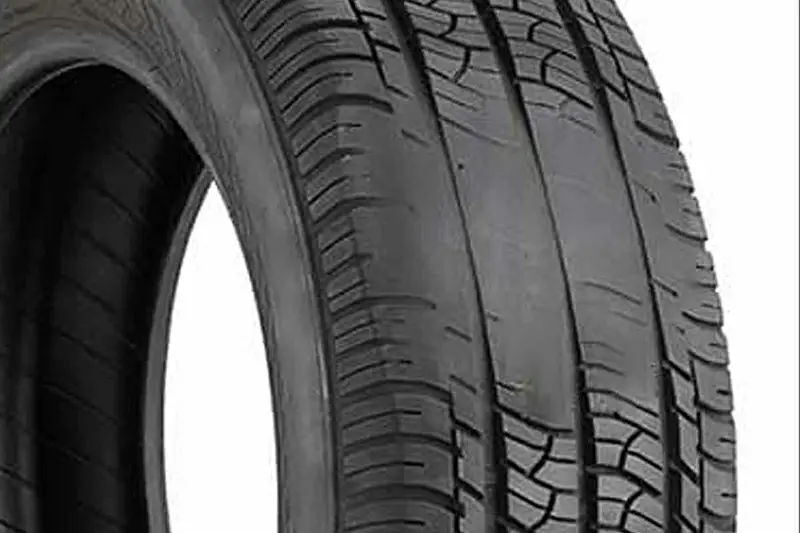 When you hit the brakes hard enough to skid across the pavement, the friction from the tire meeting the road can wear down tire treads. This may cause a flat spot to occur and warrants a tire check with a professional, especially if you notice flat-spotting symptoms.
When you hit the brakes hard enough to skid across the pavement, the friction from the tire meeting the road can wear down tire treads. This may cause a flat spot to occur and warrants a tire check with a professional, especially if you notice flat-spotting symptoms.
If you plan on storing your vehicle for longer than a couple of weeks, you may want to take car tire flat spot prevention measures:
What to do if you identify a flat spot
Flat spots can compromise your tires, which can compromise your vehicle’s performance and your safety on the road! If you notice vibrating, thumping, or a loss in steering capacity, visit your local Firestone Complete Auto Care to have an auto technician diagnose the issue. We’ll figure out if your tires are flat-spotting or if your troubles are due to a different problem, and give you the recommendations you need to make repair decisions for your car!
We’ll figure out if your tires are flat-spotting or if your troubles are due to a different problem, and give you the recommendations you need to make repair decisions for your car!
Motorists have to deal with such a difficulty as a punctured wheel on a regular basis. An unpleasant situation can happen even before departure or during the trip, and it is very important to recognize exactly where the air is escaping in order to stop the process and take the car to tire shop . Sometimes the damage is so severe that it is impossible to move on the vehicle, and the only option is to call a tow truck. We will tell you how to identify punctured wheel and the specific place where it skips, as well as what kind of repair you can do yourself.
The reason that the tire flattens the is not only foreign objects or pits on the road, but also the initially poor quality of the rubber, lack of proper care and unprofessional repair.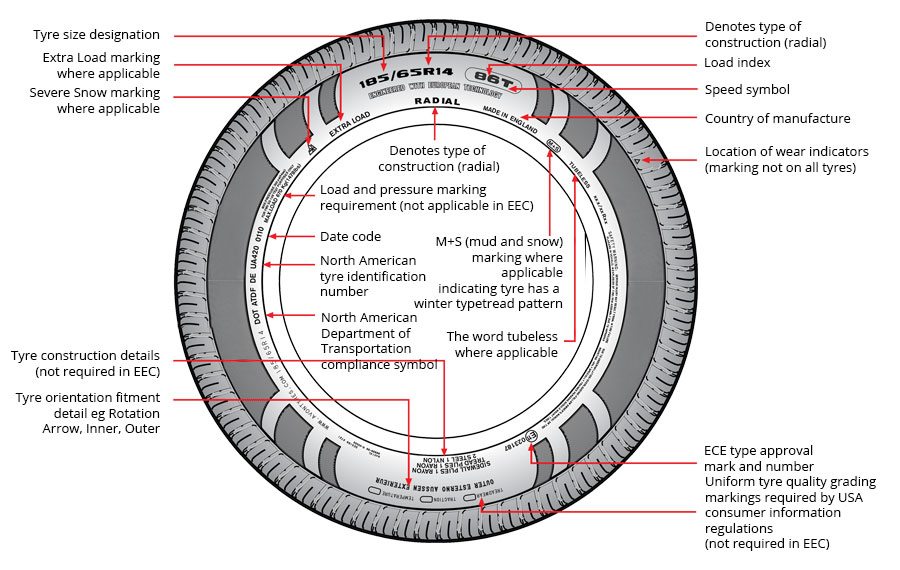 It is also worth remembering the service life of truck and passenger tires, because even the highest quality tires do not last forever and need to be changed periodically. nine0011
It is also worth remembering the service life of truck and passenger tires, because even the highest quality tires do not last forever and need to be changed periodically. nine0011
When punctures occur due to deep potholes, the responsibility lies with the road service responsible for the condition of this section of the route. The driver can compensate for the cost of repairs by calling the traffic police to the scene and filing a lawsuit.
Despite the fact that the old tube tires have been replaced by tubeless ones, and the tread is made as strong as possible, seal failure remains one of the most common problems in wheel operation. Understand that tire is damaged;
The higher the pressure inside, the faster the air leaks, so often the motorist notices the depressurization at a late stage, when only a tire change can help. In no case should you ignore the listed “symptoms”, because every minute the risk of getting into an accident increases, plus the load on other components increases. If you do not contact the master in time or do not fix the problem yourself, then you will have to repair not only the tire, but also disk with suspension, which overheat and deform.
In no case should you ignore the listed “symptoms”, because every minute the risk of getting into an accident increases, plus the load on other components increases. If you do not contact the master in time or do not fix the problem yourself, then you will have to repair not only the tire, but also disk with suspension, which overheat and deform.
On the other hand, in a couple of minutes all the air will not come out of the wheel, at least if the tires are not worn too much, so that the driver has time to take corrective action. But first you need to understand which tire and where specifically skips.
You need to start with a visual inspection of the tires, because damage is often associated with an object stuck inside or a cut. In parallel with external diagnostics, you need to listen to understand where the air is coming out. In this regard, it is wiser to do everything in a quiet place. nine0011
If possible, it is advisable to apply a layer of soapy water to the rubber. This is the universal and easiest way to detect a puncture - bubbles will appear at the leak site. It is necessary to observe for 5-10 minutes, covering with liquid not only the tire, but also the places of its connection with the disk and nipple. Keep in mind that sometimes there are several punctures, and all of them need to be identified so that restoration efforts are not in vain.
This is the universal and easiest way to detect a puncture - bubbles will appear at the leak site. It is necessary to observe for 5-10 minutes, covering with liquid not only the tire, but also the places of its connection with the disk and nipple. Keep in mind that sometimes there are several punctures, and all of them need to be identified so that restoration efforts are not in vain.
Find out if it is possible to restore the tightness of the tire using pump , or if you have to get jack and change the wheel, or if you have to call a car service, localizing the puncture and determining the severity of the damage will help. There are several options:
 A temporary measure may be a blow with a hammer to pry the dent out;
A temporary measure may be a blow with a hammer to pry the dent out; If you do not know what to do, it is better to immediately call for help from specialists and evacuate the car to a tire center.
There is no way to guarantee that tire damage can be avoided, but there are recommendations that you can follow to minimize the risk of such a problem:

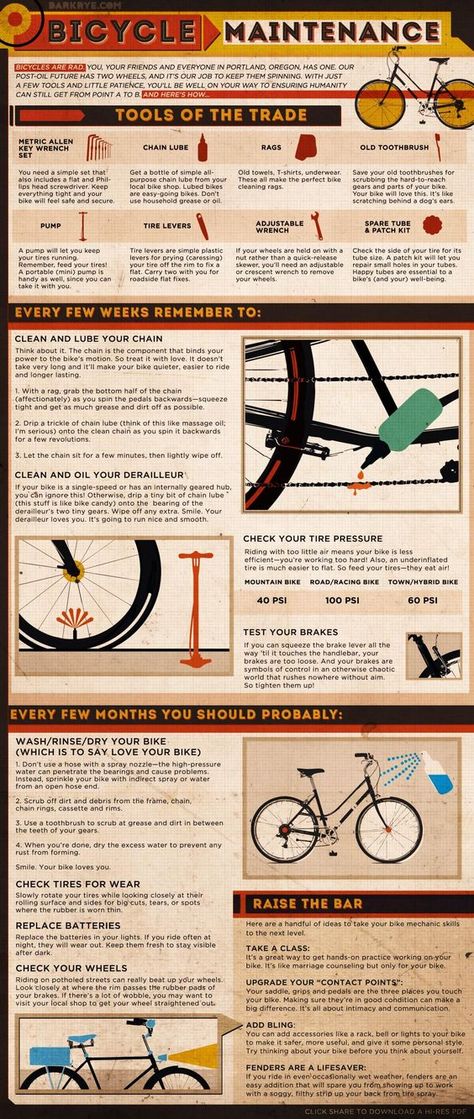 If you try to do everything at the last moment, there is a risk of deforming the tires.
If you try to do everything at the last moment, there is a risk of deforming the tires. Every experienced driver has experienced a car tire puncture at least once. It is possible to detect a flat tire during a periodic self-inspection of the vehicle or during a long drive. The task of the driver in such a situation is to be prepared for this and make decisions confidently, without delay. nine0011
When driving, it is sometimes impossible to feel the moment when the car hits an obstacle and the wheel begins to lose air. Signs that indicate that the tire has got into an unpleasant situation are usually:

 nine0028
nine0028 To find the puncture site not in the “field” conditions, you can resort to the following options:
The reason for a puncture of a car wheel in most cases lies in careless driving on sections of the road that are dangerous for the integrity of the tires.